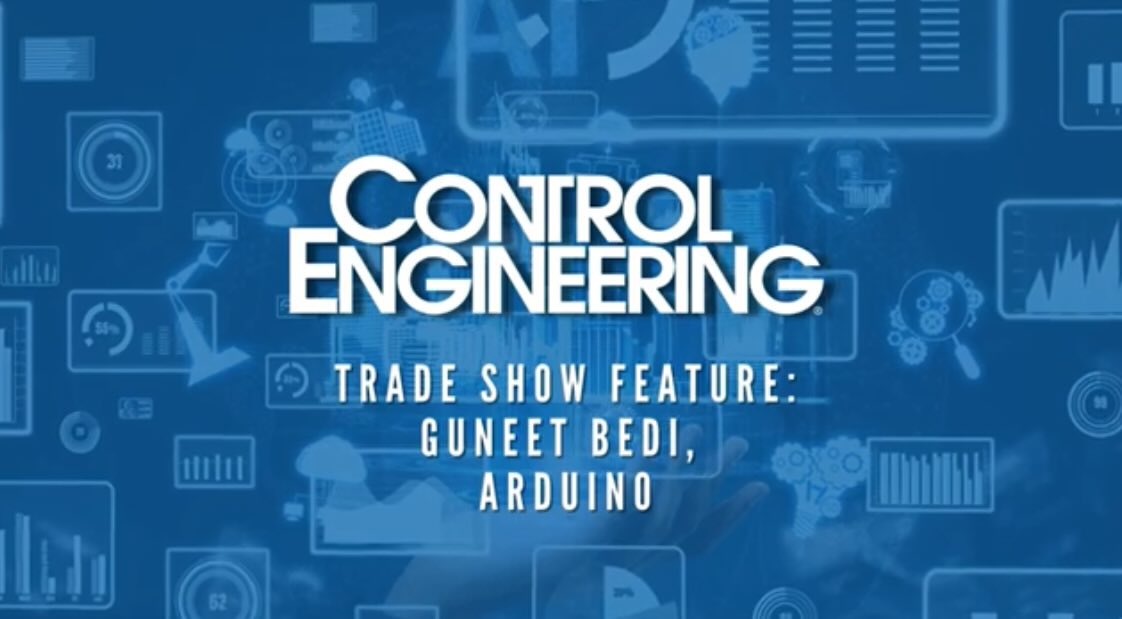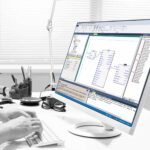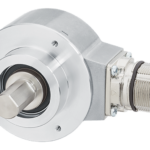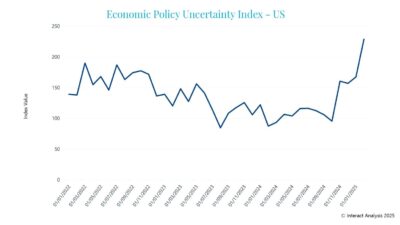Control Systems
A control system makes decisions about how a discrete, continuous or hybrid processes function, generally ensuring processes operate within appropriate parameters, safely, at an appropriate rate and within required quality. Control systems help factories and facilities produce quality goods safely and efficiently. Open-loop control is when the output (decision) doesn’t feed back into the control loop. Closed-loop control uses the output to influence, or provide feedback for, the next decision. Control systems can include hardware and software for programmable logic controllers (PLCs), programmable automation controllers (PACs), embedded systems and edge computing, dedicated controls, proportional-integral-derivative (PID) and advanced process controls (APC), along with distributed control systems (DCS), supervisory controls and data acquisition (SCADA) and other controllers, such as industrial PCs (iPCs).













































